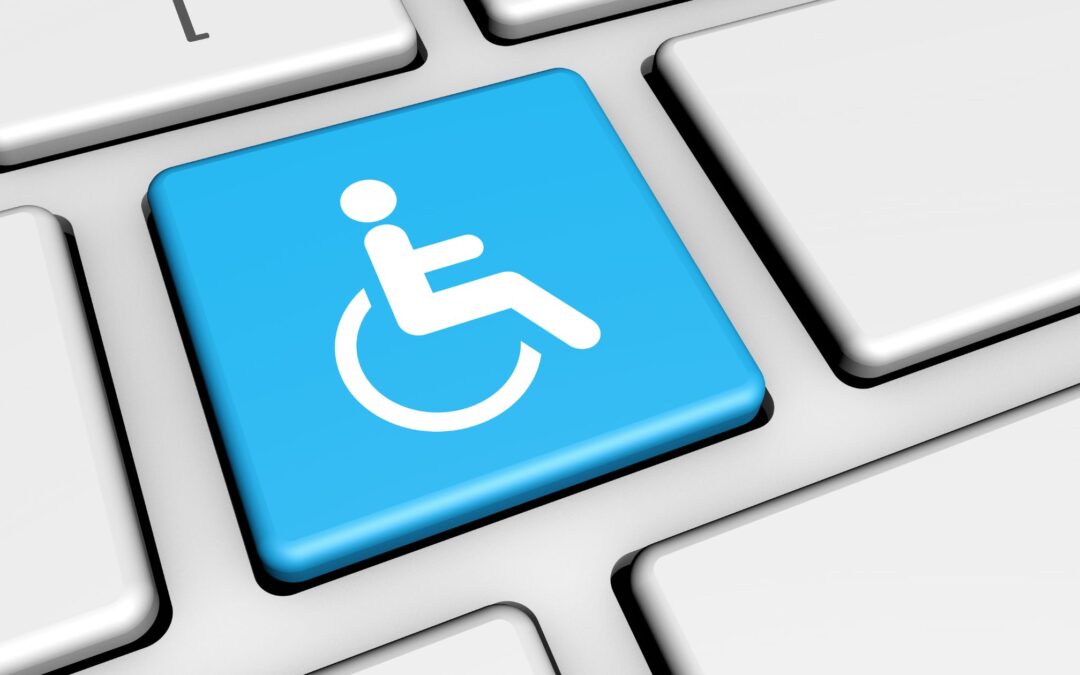In today’s digital age, the internet is a vital part of our daily lives, providing access to information, services, and opportunities. However, not everyone experiences the web in the same way. People with disabilities often face significant barriers when trying to navigate websites and online content. To address these challenges, the World Wide Web Consortium (W3C) introduced the Web Content Accessibility Guidelines (WCAG), which serve as a blueprint for creating accessible web experiences. In this blog post, we’ll take a deep dive into WCAG 2.1, the latest version of these guidelines.
Understanding Web Accessibility
Web accessibility is about ensuring that websites and web applications are usable by people with disabilities. Disabilities can manifest in various ways, including visual, auditory, motor, and cognitive impairments. Therefore, it’s crucial to create web content that can be accessed and understood by everyone, regardless of their abilities.
WCAG 2.1: What is it?
WCAG 2.1, short for Web Content Accessibility Guidelines 2.1, is an update to the original WCAG 2.0 released in 2008. It builds upon the foundation laid by its predecessor and includes new success criteria to address evolving technologies and user needs. WCAG 2.1 was published in June 2018, and its primary goal is to make the web even more inclusive by providing additional guidance for developers and designers.
Key Improvements in WCAG 2.1
- Mobile Accessibility: WCAG 2.1 places a greater emphasis on mobile devices, recognizing their increasing importance in our digital lives. It introduces new criteria related to touchscreen gestures, orientation, and motion input.
- Low Vision Accessibility: The guidelines include provisions to enhance accessibility for people with low vision. This includes requirements for text spacing and the ability to reflow text, making it easier for users to adjust the content to their needs.
- Cognitive and Learning Disabilities: WCAG 2.1 introduces new criteria to better accommodate users with cognitive and learning disabilities. This involves making content more predictable, consistent, and understandable.
- Improved Keyboard Navigation: Keyboard accessibility has been enhanced to ensure that all interactive elements and functionality can be operated through keyboard input alone. This is crucial for users who cannot use a mouse.
- Enhanced Accessibility for Users with Disabilities on the Web: The guidelines have a greater focus on people with disabilities that were previously not addressed comprehensively. This includes people with speech disabilities, age-related impairments, and more.
Success Criteria in WCAG 2.1
WCAG 2.1 includes 17 new success criteria, each addressing specific aspects of accessibility. These criteria are categorized under the following principles:
- Perceivable: Information and user interface components must be presented in a way that is perceivable by all users. This includes providing text alternatives for non-text content and ensuring content is adaptable.
- Operable: Users must be able to interact with the interface and navigate through it using various input methods, including keyboard and touch.
- Understandable: Content must be clear, consistent, and easy to understand. This helps users predict how the interface behaves and reduces the likelihood of errors.
- Robust: The content must be robust enough to be reliably interpreted by a wide variety of user agents, including assistive technologies.
Benefits of Complying with WCAG 2.1
Creating web content that complies with WCAG 2.1 offers numerous benefits, including:
- Expanded Audience: An accessible website can be used by a broader audience, potentially increasing your user base.
- Legal Compliance: Many countries and regions have enacted laws and regulations that require websites to be accessible. Compliance with WCAG 2.1 helps ensure legal compliance.
- Improved User Experience: Accessible websites are often more user-friendly for everyone, not just those with disabilities.
- Enhanced Reputation: Demonstrating a commitment to accessibility can enhance your organization’s reputation and brand.
In conclusion, web accessibility is not just a legal requirement; it’s a moral and ethical imperative. By adhering to WCAG 2.1, web developers and designers can create online experiences that are inclusive and beneficial to all users, regardless of their abilities. It’s not only about meeting standards; it’s about making the web a more equitable and accessible place for everyone. So, whether you’re building a website from scratch or improving an existing one, WCAG 2.1 should be your guiding light to ensure that the web truly is for everyone.


